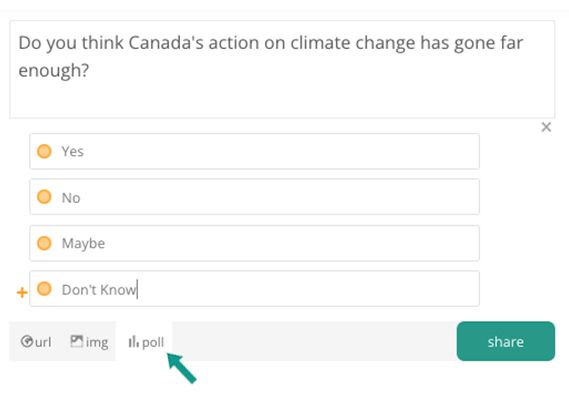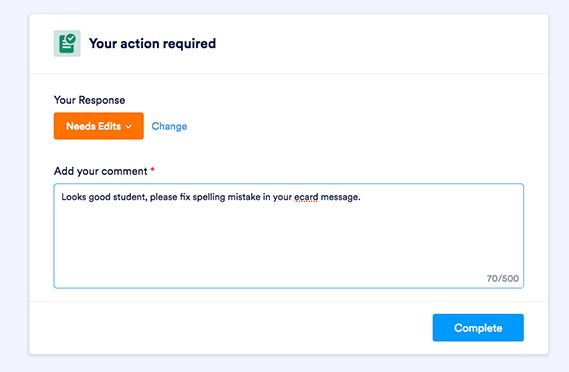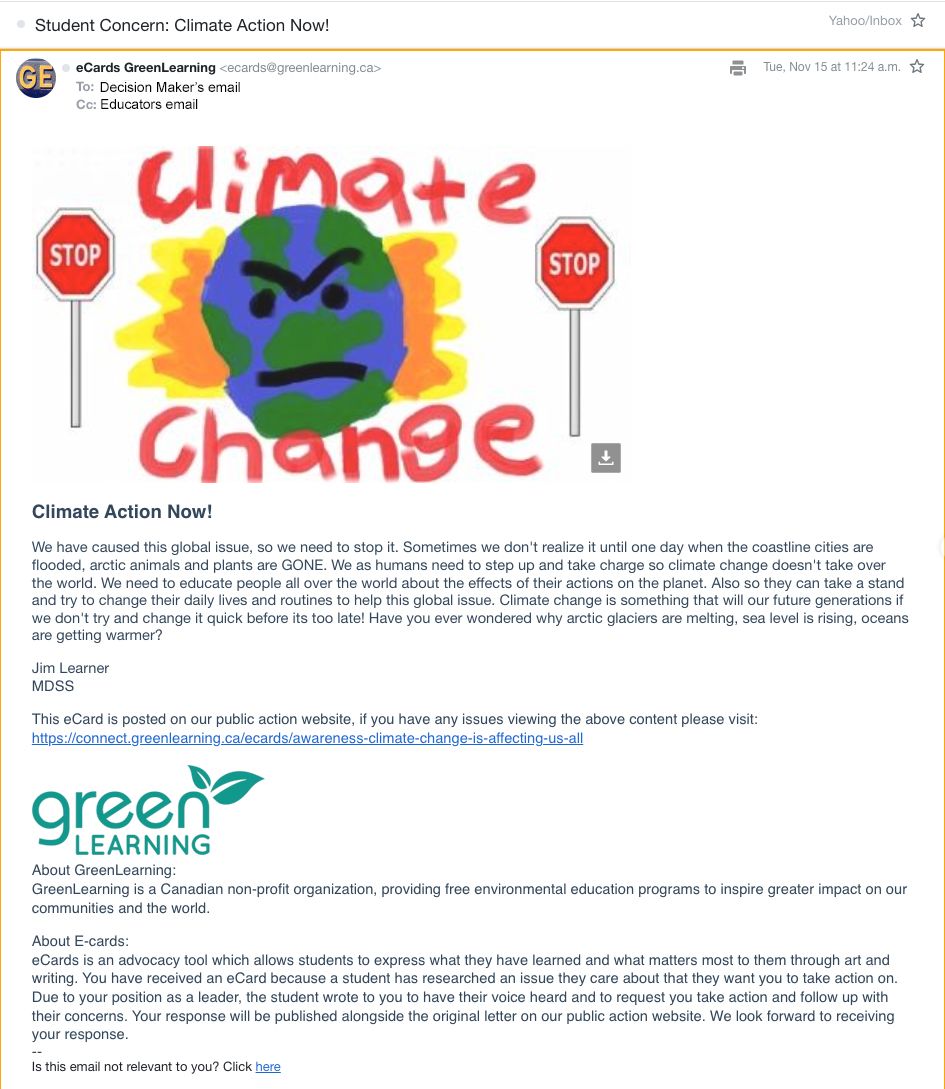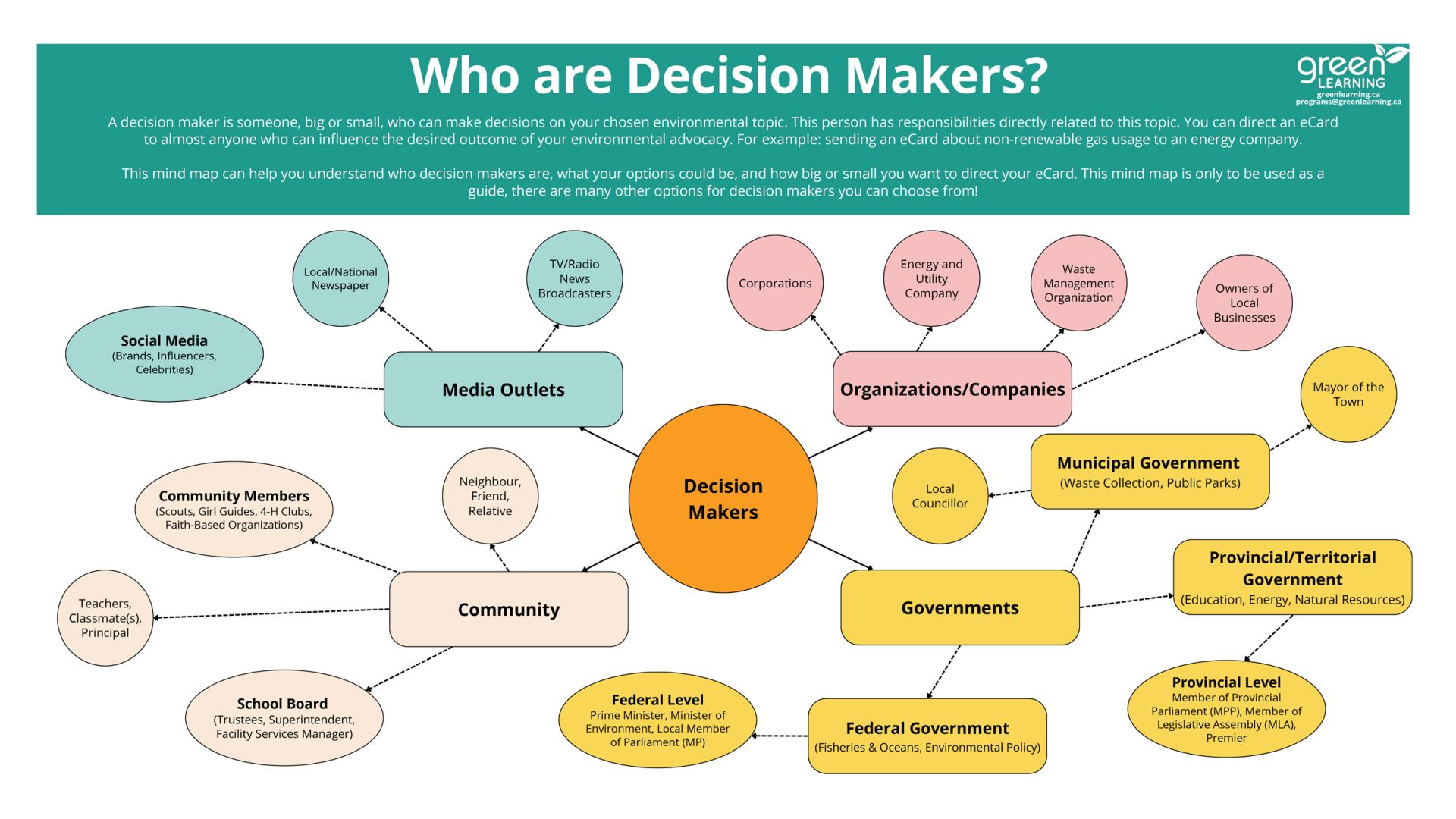2010 Re-Energy Solar Oven
Challenge Submission Showcase
Another exciting year designing, building and testing solar oven models from Alberta to Ontario!
Center Peel Public School, Grade 5 and 6
Mississauga, Ontario
Group 1: The Flamethrower
Our solar oven consists of cardboard, insulation (styrofoam), three magnifying glasses, plastic, and lots of gluuuuuuuuuue! The first thing that we did when we started the project was we designed the blueprints for our solar oven. We had a box that was 1,000 cm3 (each side was 10 inches so it was a square.) We also put 4 isoscele trapezoid shaped pieces of cardboard onto the 4 sides of the cube. All those sides were covered with tinfoil to reflect and direct all the light into the cooking chamber. The cooking chamber also had tinfoil to reflect the light onto the food.
The cooking chamber: The cooking chamber had several layers of insulation because it would prevent the heat from escaping. The first layer was cardboard. It gave us a base to glue on the second layer. That layer was comprised of pink Styrofoam. We had a fun time cutting it up and gluing it to the cardboard. Finally we glued the tinfoil onto the Styrofoam. The tinfoil really helped to direct the sunlight to one place. The bottom of the box was black because if it was tinfoil, it would just reflect the light back out from our solar oven. We also put a piece of plastic to keep our cooking chamber airtight. There was also a hole on the outside to put the food in! We also put three magnifying glasses to intensify the light rays. That was the most important part to our solar oven.
The reflectors: The trapezoid shaped pieces of cardboard were covered with tinfoil to reflect all the sunlight to the cooking chamber. It really helped to gather more sunlight to the cooking chamber. The whole outside of our solar oven was covered in black to make the solar oven heat even more.
Group 2: The Lean, Mean, Heating Machine
Group 2: The Lean, Mean, Heating Machine
Our Lean, Mean, Heating Machine was on fire! It was 45 by 30 cm of pure genius. Our solar oven simply started off as a box with flaps. Precisely measured, each flap was tilted to exactly 235°. We knew that angling the top part would reflect the light giving us more heat.
The actual box part had a top of Plexiglass, hopefully creating an effect like the ozone layer — the heat gets trapped in, but doesn't come out. The whole solar oven was lined with tin foil as well. A bit higher up, we made a rack of skewers covered with tin foil. The design was supposed to let the heat circulate and let the bottom heat also. The titled flaps slowly evolved, with extensions going straight up creating a dome shape to attract all the more light.
The outside of the solar oven was completely painted black, as black absorbs heat. Also with Plexiglass, we made a clear door with a handle in order to see and access the yummy baked goods inside. We had also titled our solar oven by elevating the oven with books. This feature allowed our solar oven to face the sun and capture more light.
Although the baking was a piece of cake, the building and preparation took a lot of time and effort to make it the best it could be. There was a lot of glue gunning, cutting, measuring, and not to mention wrapping! I think we all thought that the building was our favourite part! The baking process worked really well. Our chocolate chip cookies turned out amazingly, although our pancakes turned out quite flat. All in all, our Lean, Mean, Heating Machine was fantastic. Talk about having your cake and eating it too!
Group 3: Heaven's Flame
Group 3: Heaven's Flame
Our solar oven, Heaven's Flame, was a great success. Our group consisted of three people. This is our first and only year that we can participate in the solar oven contest. Therefore, we decided to make something we all agreed on, which is pizza.
Building the Heaven's Flame was pretty hard, and we also ran into some problems. It took us about four hours to build the Heaven's Flame in its entirety. Heaven's Flame consists of four large panels that reflect light to the cooking chamber. Our cooking chamber is painted completely black on the inside and is insulated by cardboard. We had a dull metal base on the bottom of the cooking chamber to draw in heat for the food.
All in all we had a great time making our solar oven. But we especially liked eating the pizzas the best.
Group 4: The Butterfly
Group 4: The Butterfly
Our solar oven had a very attractive mirror and that is how we got the name, The Butterfly. We knew to use black paint since we knew that black absorbs heat, and we used aluminum foil to reflect and attract heat from the sun. Our oven was made of a cardboard box, and the outside was covered in black paint. In the inside, we covered it up with black paint, and we put aluminum foil on top after it dried. The bottom was covered in tin foil.
The mirror was there so that it could reflect the sun's heat to cook the food. Therefore, we realized angles were very important, since we had to angle the mirror we realized it was part of math. Also we angled it to the magnifying glass at the bottom angled to the food. That made the food cook faster. The pan that we cooked in was covered in tin foil and had a tray on top which would make the magnifying glass work faster for heat.
We were kind of disappointed because our food didn't have enough cheese to melt down on the tomato sauce on the pizza. Also, we didn't put any material at the top to preserve heat, that is because we were going to put glass on the top, but we could not find any plexi glass. We thought of bringing natural glass but it seemed way too heavy and dangerous.
Group 5: The Heat Wave
Group 5: The Heat Wave
Making The Heat Wave was an amazing experience, especially eating the food we made. It took a lot of time and effort, but all of our work paid off. We had to cut a lot of cardboard using exacto knives. We covered the whole oven with aluminum foil, and we painted the outside black. Once we were finished making the oven, which took a long time, we finally got to prepare our ingredients. First, we attempted to make pancakes, but all that we got was a big mess of pancake batter. After, we kept it simple and decided to try to make s'mores. The s'mores turned out well and they were ooey, gooey, delicious. I would love to go through this experience again. It's an awesome eco-friendly way to cook!
Group 6: The Microsun
The MicroSun is made out of a totally awesome shoebox. We used aluminum foil to cover the inside, and painted it black on the outside. We used black paint because the colour black absorbs heat. That heats up the oven. We also used Plexiglass to trap the heat in.
To make our totally awesome oven, we cut a hole in the lid of the shoebox to let the sunrays in. We covered the hole with Plexiglass, which looks like plastic but is actually glass undercover. Glass, as we discovered, would keep heat in. Then, we covered the inside with aluminum foil. After, we painted the outside black. We mixed glue with black paint so that the outside would not peel.
We decided to bake brownies and cookies in our miniature oven. Since our oven was so minute, we had to shrink the cookies. The brownies however, luckily were designed especially for our oven! The MicroSun took a long time to heat up but it was worth it. The best part of our super terrific adventure was munching on the delicious cookies and mouth-watering brownies! That was the end of our super awesome adventure.
Write your awesome label here.
Write your awesome label here.
Write your awesome label here.
Hunter's Glen Junior Public School, Grade 5 and 6
Scarborough, Ontario
Everyone in the Eco-Club had a specific part of the project to complete in our Solar Oven challenge. All students researched different models of solar ovens and looked for recipes that we could try. It was decided that we would use the plan for the oven from re-energy.ca. Then some students helped to assemble the oven, while all students were able to prepare and bake the Sensational Solar S'mores and Nachos.
The day was sunny and warm, but very windy. Our challenge was that the wind kept blowing the oven over, so this served as a focal point for discussion, and next time we will plan for that variable and perhaps devise a sturdier base. Our oven still worked, and the students were amazed to see the thermometer rising, and the chocolate and multi-coloured marshmallows melting. We used a black tray and the students were excited to feel how hot the tray was when we removed the s'mores. They discussed the reasons why and discovered that the black tray absorbed the heat and was an effective baking tool as it was placed inside a plastic bag which helped the s'mores to cook quickly. The enthusiasm, engagement and conversations about different ideas for future solar oven designs were very stimulating and rewarding for all involved.
Classes and teachers were invited to come and see our solar oven and what was cooking in it. The grade four and five classes did come to see and share in observing how the solar oven was working. As well, photos and a write-up of the activity were placed in our Eco Portfolio.
Our Eco-Club is even more excited to try new designs and want to challenge other students to do the same. As well, they are eager to try some of the other recipes that they had discovered in our research. Most of all this experience helped our students to explore a renewable energy source and has led to further research and excitement about finding alternate ways to conserve energy.
Write your awesome label here.
Write your awesome label here.
Write your awesome label here.
Jasper Place High School, Grade 10
Edmonton, Alberta
The students' ovens were outside for about 45 minutes. In that span of time, we were able to reach 50 degrees Celsius (the temperature outside was 20 degrees Celsius). The students cooked a variety of foods — from s'mores to nachos, grilled cheese, mini pizzas and "healthy grilled cheese" sandwiches. The food was shared among the construction groups. News of our project and the solar oven challenge will be shared in our school newsletter.
The students were very excited about this project! It allowed them to be creative, work as a team and work with their hands!
Research: The students were given a period to research a solar oven design and delegate responsibilities in their group. For some, this was an opportunity to incorporate their own artistic and construction touches to an established design, and still others wanted to create their own original solar oven! Students learned the importance of planning and of working as a team to make decisions and share information.
onstruction: Construction day really challenged many of the students! They ran into roadblocks in their designs and had to overcome them with alternative plans (eg., boxes were not the right size, paint was not adhering properly, etc.) Students explored ideas for insulation — one group borrowed a tire from their auto class, recycled paper and foam pieces from old packaging, and reflective materials/conical reflectors made from tin foil, locker mirrors and various angles of reflection. I think that the students learned problem-solving and communication skills. I also saw many students take on a leadership role in their group, guiding their teams and asking the right questions!
ooking day: Our day outside was quite cloudy, with only moments of strong sunshine. This made it difficult for the students to see the full working power of their ovens — hopefully we will have another day before the end of the semester to try again! The students spent time finding their perfect angle and position on the field and observed one of the disadvantages of solar power: inconsistency and unreliability. Overall, they enjoyed seeing their solar ovens heat up and produce yummy snacks!
I look forward to participating in this event next year (hopefully with better weather!!)
Write your awesome label here.
Write your awesome label here.
Write your awesome label here.
Queen Elizabeth High School, Grade 10 to 12
Edmonton, Alberta
Students built two solar ovens. They wanted to test the difference in heating and cooking with a black surface versus a non-black surface. They set the ovens out on a sunny day and began recording the inside temperature inside. Students let the ovens heat up and found that there was an average of 4 degrees Celsius difference between the two ovens as a result of their surface colour. Students then began baking chocolate chip cookies which took approximately 80 minutes. Some temporary cloud coverage immediately dropped the temperature by a few degrees over a half hour period. We wanted the solar ovens to be built from as much reusable materials as possible. We built one with the insides of chip bags but found that it was too difficult to flatten them out.
The ovens were set up in our living classroom (aka, the courtyard), and the school was invited to observe the process. All teachers are invited to participate in an ongoing solar oven design to make it an interdisciplinary approach so as to enhance this project-based learning experience. For example, some math students will tamper around with measurements for solar ovens to enhance their efficiencies, and the construction students are going to build wooden frames to hold the ovens.
The students were actively learning and expressing their desire to do more. They created their own educational experiences by deciding to measure, chart and graph temperature fluctuations and weather conditions and how this affected the ovens performances. They look forward to making this an ongoing learning experience that incorporates subject matter from many disciplines.
Write your awesome label here.
Write your awesome label here.
Write your awesome label here.
St. Elizabeth Catholic High School, Grade 11Thornhill, Ontario
The students' ovens were outside for about 45 minutes. In that span of time, we were able to reach 50 degrees Celsius (the temperature outside was 20 degrees Celsius). The students cooked a variety of foods — from s'mores to nachos, grilled cheese, mini pizzas and "healthy grilled cheese" sandwiches. The food was shared among the construction groups. News of our project and the solar oven challenge will be shared in our school newsletter.
The students were very excited about this project! It allowed them to be creative, work as a team and work with their hands!
Research: The students were given a period to research a solar oven design and delegate responsibilities in their group. For some, this was an opportunity to incorporate their own artistic and construction touches to an established design, and still others wanted to create their own original solar oven! Students learned the importance of planning and of working as a team to make decisions and share information.
Construction: Construction day really challenged many of the students! They ran into roadblocks in their designs and had to overcome them with alternative plans (eg., boxes were not the right size, paint was not adhering properly, etc.) Students explored ideas for insulation — one group borrowed a tire from their auto class, recycled paper and foam pieces from old packaging, and reflective materials/conical reflectors made from tin foil, locker mirrors and various angles of reflection. I think that the students learned problem-solving and communication skills. I also saw many students take on a leadership role in their group, guiding their teams and asking the right questions!
Cooking day: Our day outside was quite cloudy, with only moments of strong sunshine. This made it difficult for the students to see the full working power of their ovens — hopefully we will have another day before the end of the semester to try again! The students spent time finding their perfect angle and position on the field and observed one of the disadvantages of solar power: inconsistency and unreliability. Overall, they enjoyed seeing their solar ovens heat up and produce yummy snacks!
I look forward to participating in this event next year (hopefully with better weather!!)
St. Peter's Secondary School, Grade 11
Barrie, Ontario
The Solar Oven Challenge was a great opportunity for the students in my Environmental Science class to apply what they have learned about renewable energy sources and energy saving devices in a fun and practical way. There are 27 students in my class. We split into teams of 2 or 3 and built a series of solar ovens, each uniquely designed and fully functional. Our goal was to create a meal for each other using solar ovens built from recycled materials.
The ovens were all constructed using recycled cardboard for the main frame. One oven was constructed with plywood. The ovens were painted black on the inner bottom surface in order to maximize absorption of solar radiation. They all made use of reflective materials, such as aluminum foil, recycled CDs, and old locker mirrors to direct the sun's light onto the cooking surface. Silver duct tape, recycled coat hangers, elastic bands and glue were used to bind the pieces of the ovens together. Most ovens were covered with reused plastic food wrap and clear tape to trap the heat and allow the ovens to reach a higher internal temperature. Finally, the ovens were insulated with recycled newspaper and styrofoam packing. We placed a thermometer inside each oven to record the temperature.
The class met at 8:00 am, right after homeroom, to set up the ovens. We chose to set up the ovens on black pavement in the far corner of the parking lot, in full sunlight. The day was very hot (about 30 degrees Celcius), and there was no breeze. Once the ovens were set up and all the food items were prepared, the students went to their classes.
We met at 9:20 am, during our class time, to monitor the progress of the cooking, make adjustments to the position of the ovens, and take pictures. We made our final observations and had our class meal at 10:40. The students had a great time and enjoyed the treats! They shared hot dogs on warmed buns, cookies (which were a little doughy, but tasty), garlic bread, s'mores, bruschetta, brownies (mostly dough), and toast. One group tried to make scrambled eggs, but the internal temperature of that oven did not get hot enough.
The internal temperature of one of the ovens reached 100 degrees Celsius! This was hot enough to bake the cookies so they held their shape and were edible. The ovens that cooked the hot dogs reached about 75 degrees Celsius. Most of the other ovens reached an internal temperature of about 55 degrees Celsius. My students brainstormed ways to improve on their designs to increase the internal temperature. They decided that having more reflective materials directing sunlight onto the food would have allowed the ovens to get hotter. Most ovens could have been sealed better to prevent heat escaping to the environment. Having the ovens out later in the day, closer to noon, as well as having them outside for a longer period of time would have made a difference as well. Finally, using more insulating materials on the sides and bottom of the ovens may have prevented heat lost to the environment.
The students truly enjoyed doing this project. They gained practical knowledge on solar energy and how it can be used effectively to heat and cook food. They also had the opportunity to share ideas, design, build and test their structure in a fun and open learning environment. Students got to know each other and made new connections within our class. They worked hard, and the reward was in their finished products, food party and new friendships.
Write your awesome label here.
Write your awesome label here.
GreenLearning
creates free education programs about energy, climate change and green
economy that engage and empower students to create positive change.
Explore
Get Involved
© 2024 GreenLearning. All rights reserved.
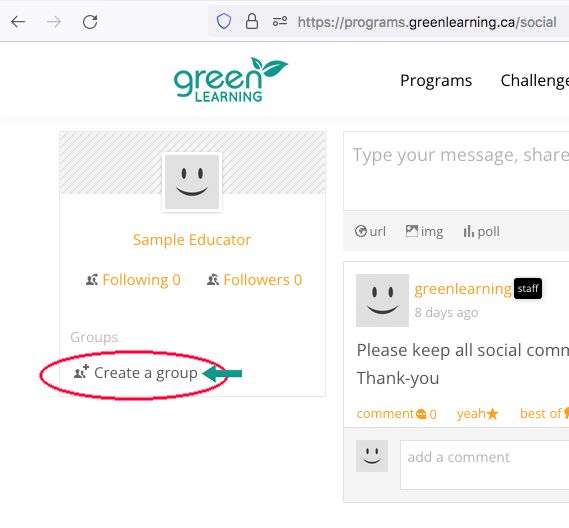


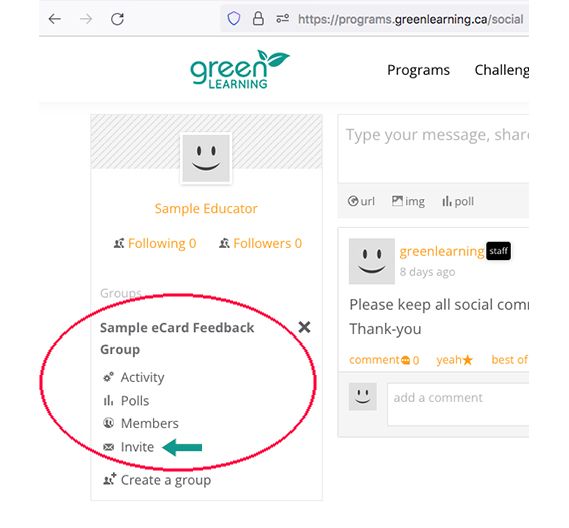

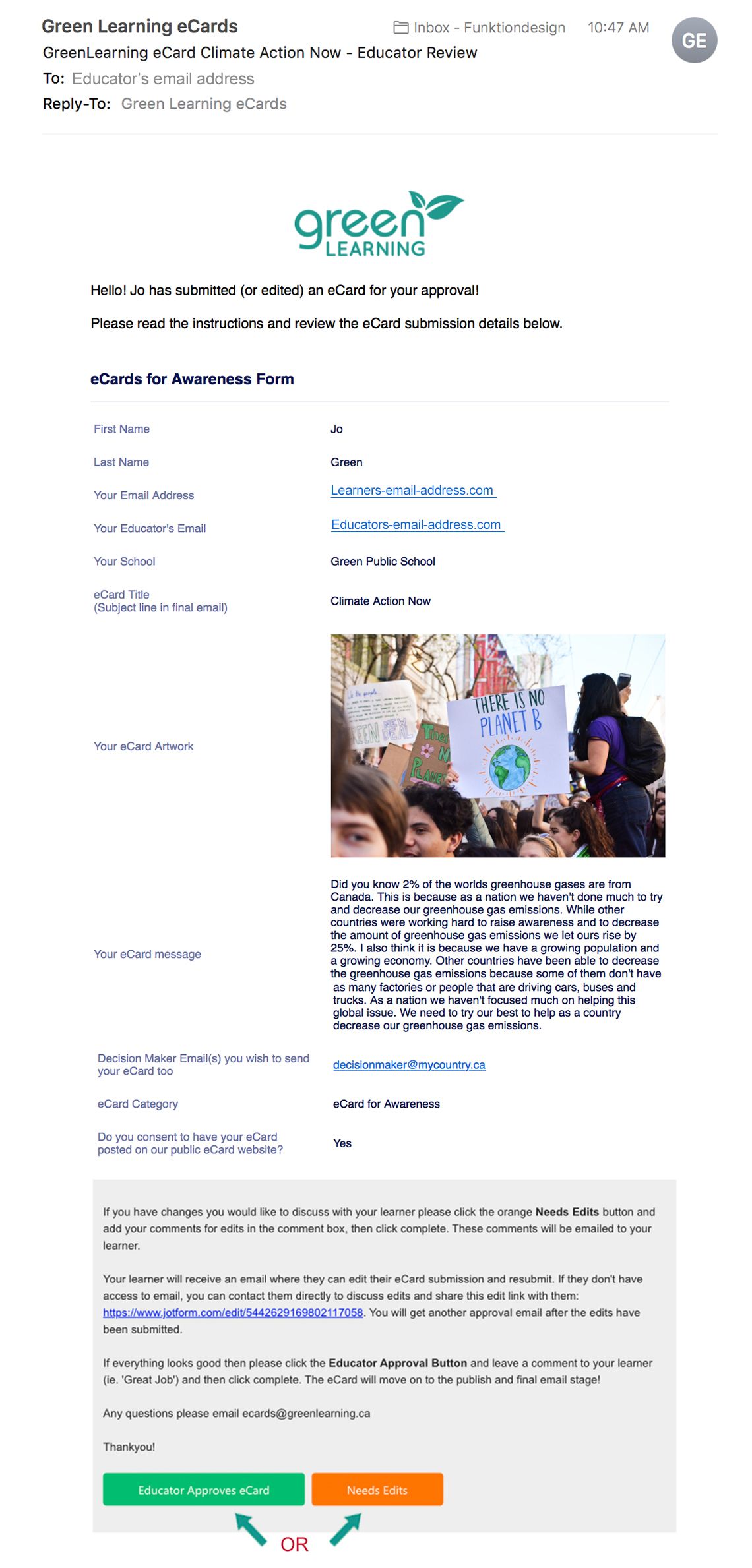

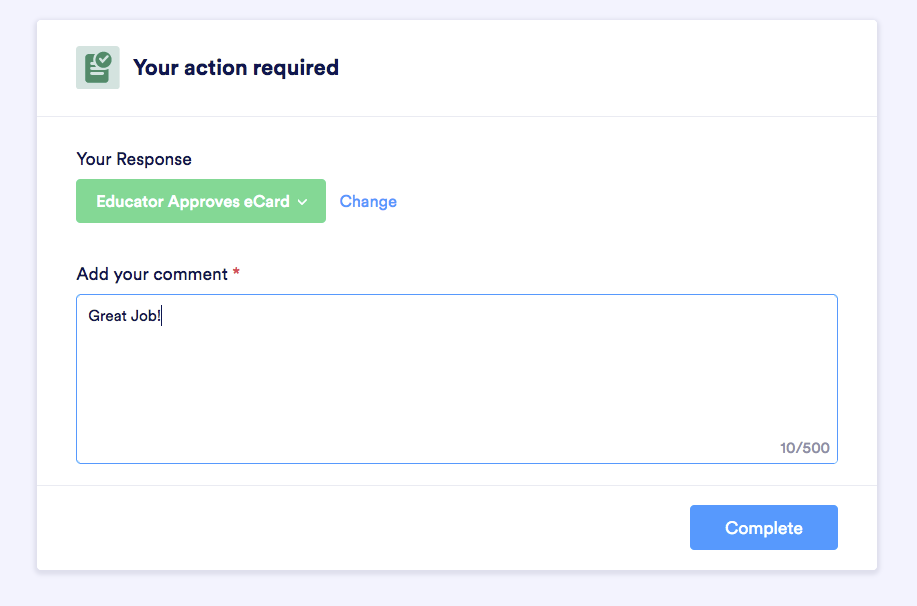

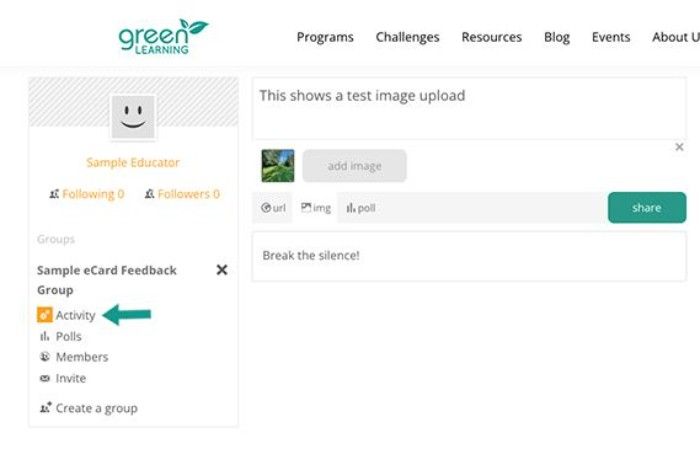
Activity link under private class group.

